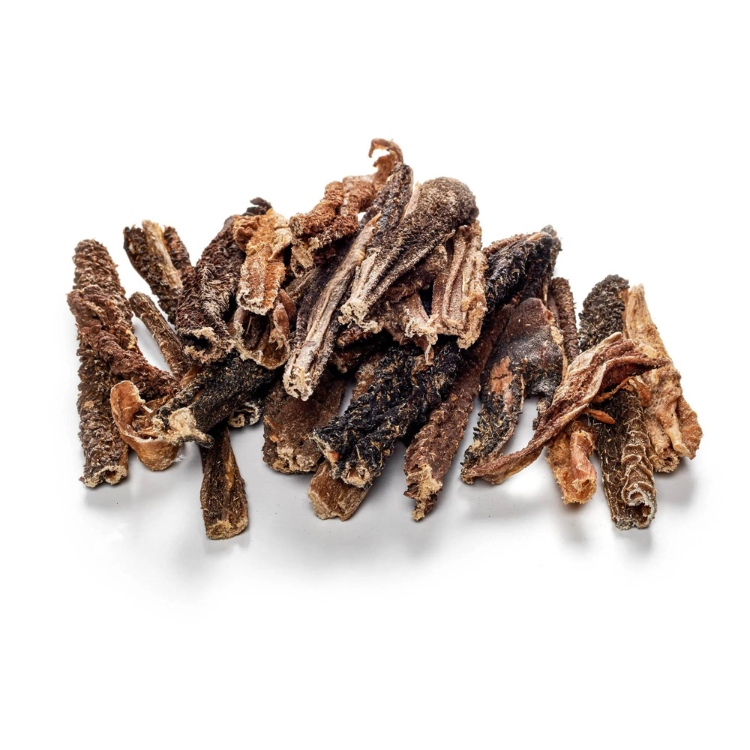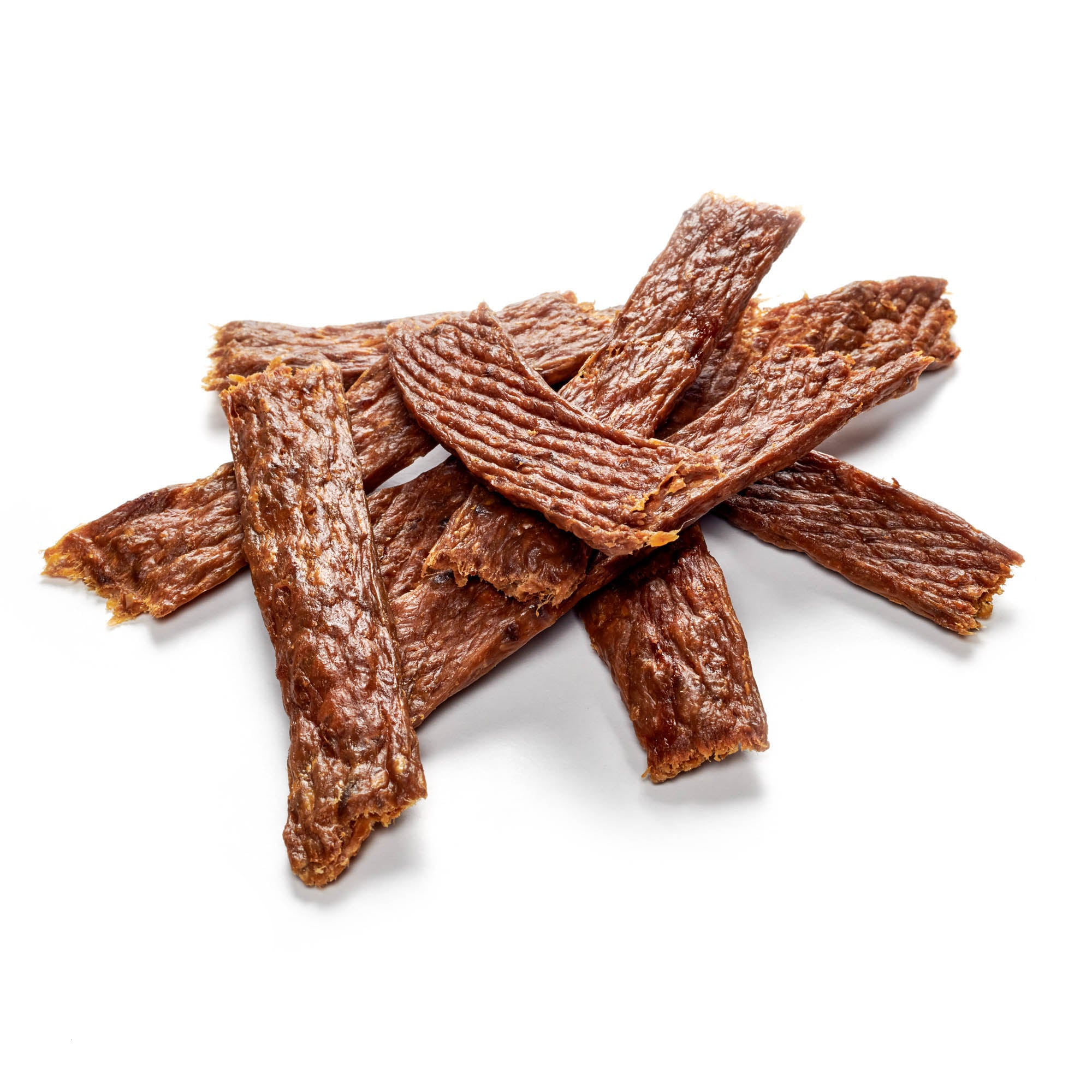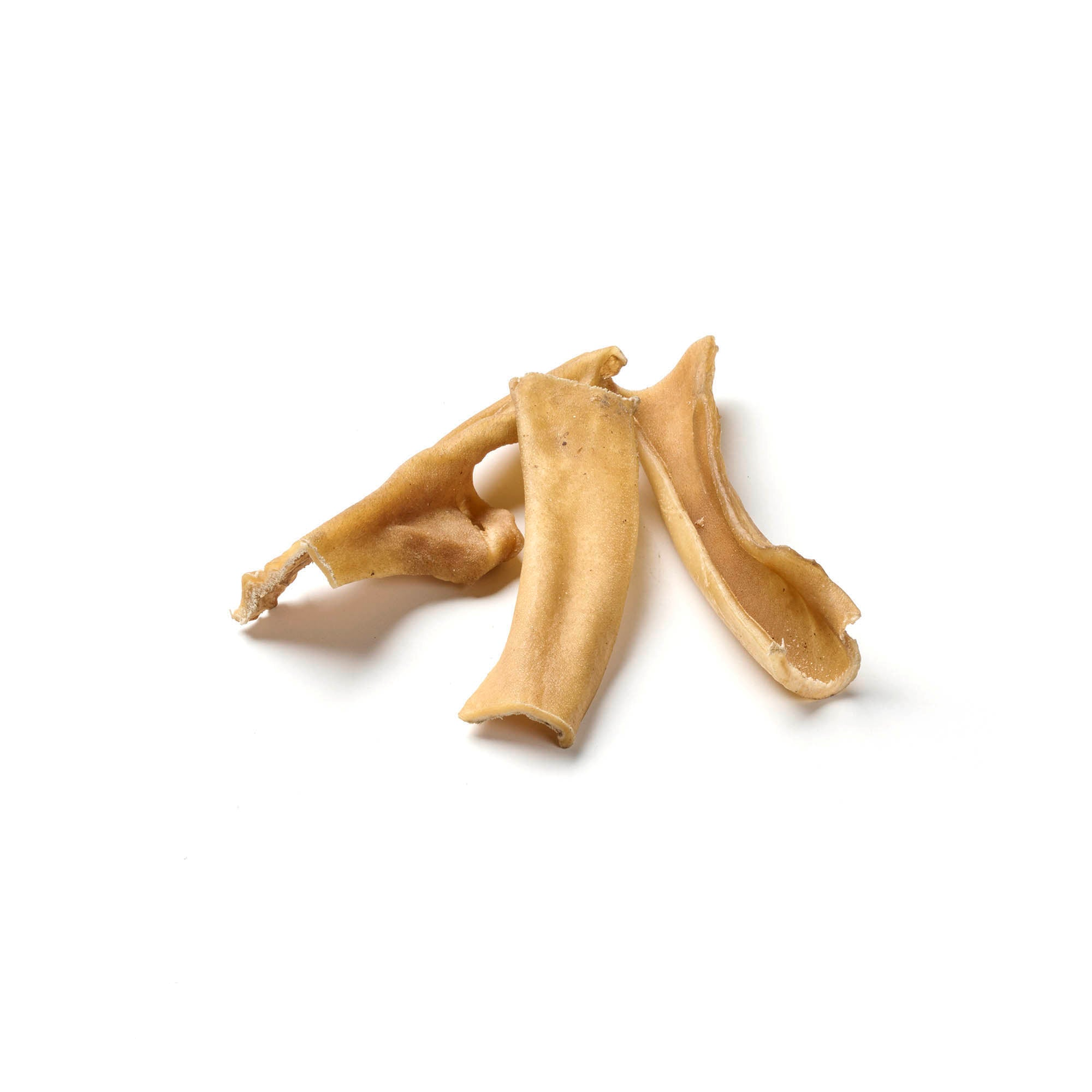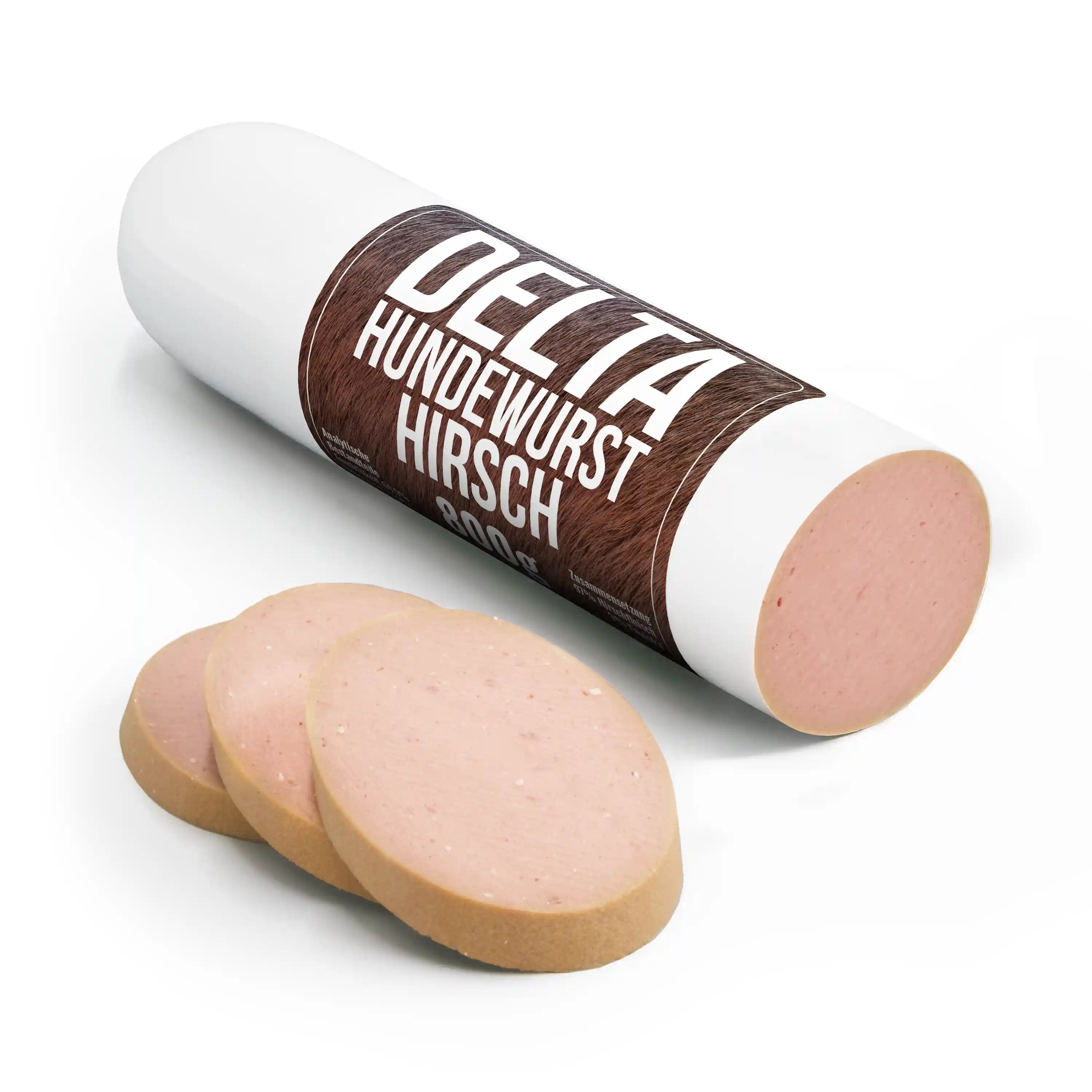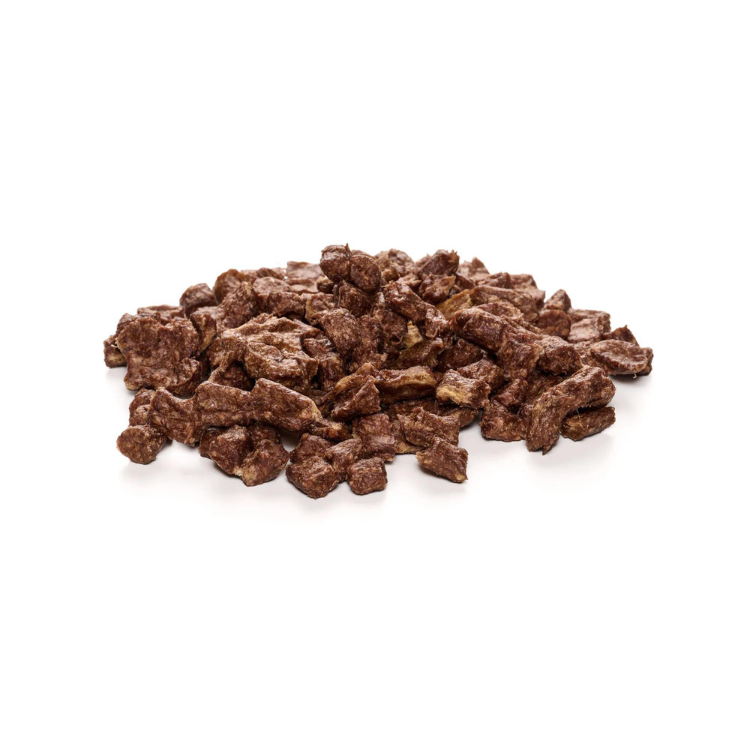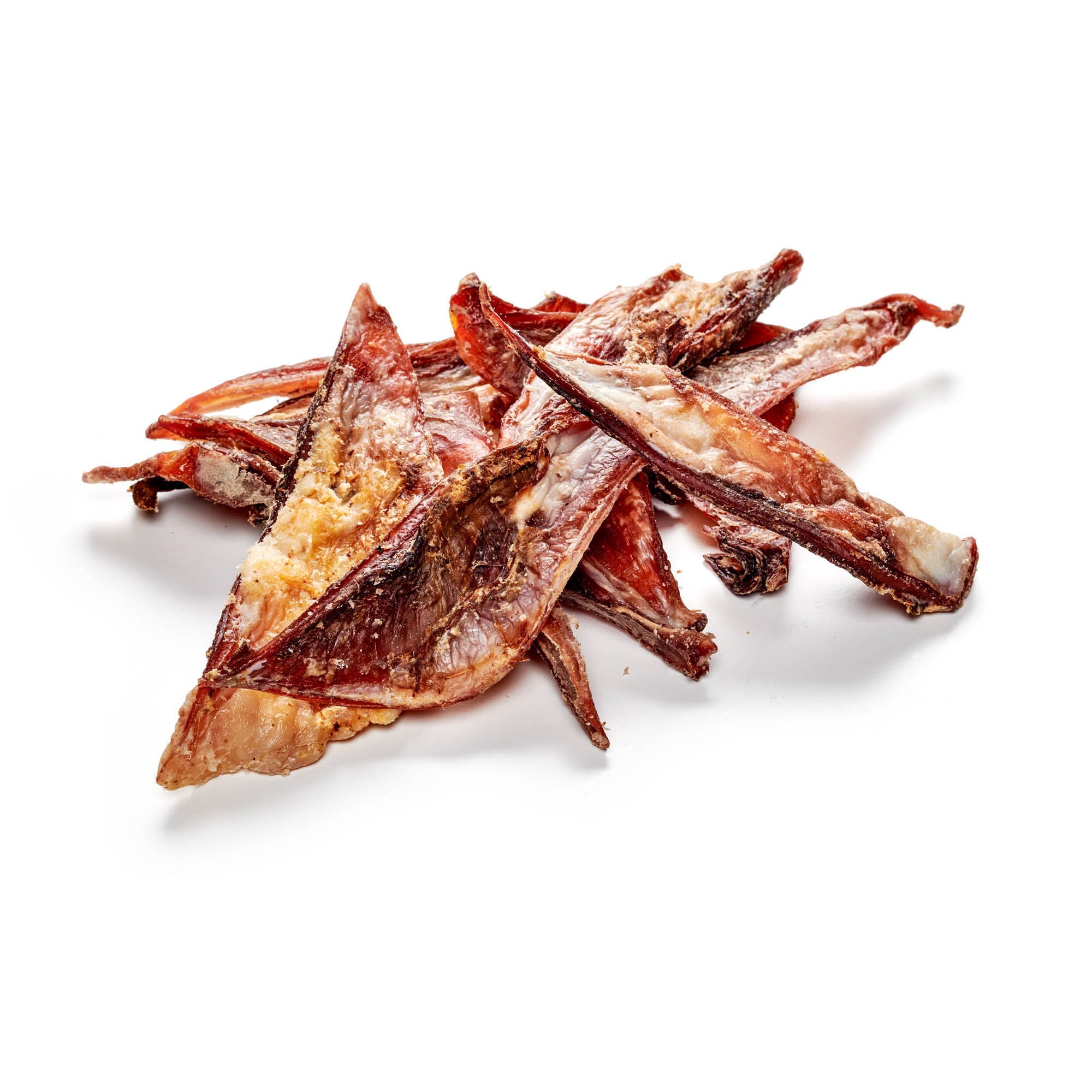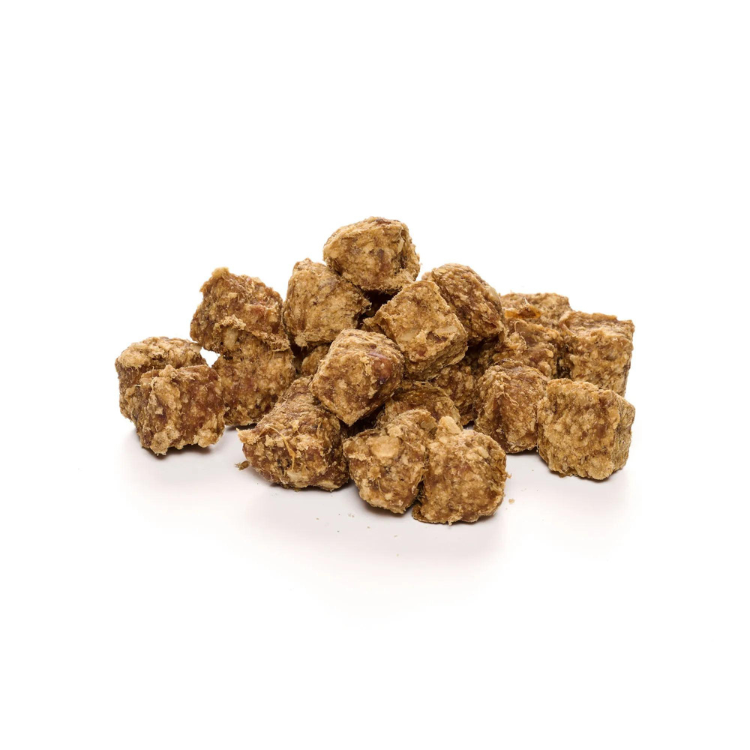
Male dogs and their sexuality
Share
A wonderful movie night with friends is in full swing, and the romantic love story is entering its final phase when the male dog suddenly starts to hump the guests - a behavior also known as mounting. Such moments are not only unpleasant, but also raise the question of why dogs exhibit this behavior. Behind mounting lies a complex interplay of hormonal and biological factors that are deeply rooted in the dog's nature. Testosterone and pheromones play a central role and significantly influence behavior. These chemical signals and their effects on the behavior of a male dog offer exciting insights into the world of animal instincts.
Content: Male dogs and their sexuality
- Biological basics
- Mating behavior of male dogs
- Influence of external stimuli
- Behavioral control and employment
- Castration and its effects
- Myths and facts
- Conclusion
Understanding these hormonal processes can help identify the motivations behind the male dog's urges and develop strategies to avoid such embarrassing situations.
Discover the range of dog snacks in our store!
Biological basics
The sexuality of male dogs is strongly influenced by hormonal processes. A deeper understanding of these processes helps owners to better interpret their dogs' behavior and respond appropriately.
Hormonal control
A male dog's sexuality and reproductive behavior are primarily controlled by the hormone testosterone, which is produced in the testicles. Testosterone has a major influence on a variety of behaviors, including aggression, dominance, and sexual interest. In fact, pretty much the same as with our human "males" - our beloved men.
- Testosterone levels: A male dog's testosterone levels can be affected by several factors, including age, health status, and environment. Young and healthy male dogs typically have higher testosterone levels, which may decrease with age.
- Pheromones: Male dogs react strongly to pheromones, chemical signals emitted by female dogs in heat. These pheromones trigger sexual arousal and specific behaviors in male dogs. Male dogs have special receptors in the Jacobson's organ (vomeronasal organ), which is located in the dog's palate and detects these chemical signals.
Fun fact: The existence and function of the Jacobson's organ (vomeronasal organ) in humans is still not clearly understood. Some researchers have found evidence of rudimentary structures of this organ in the nasal cavity, but these are mostly non-functional. Although pheromones also play a role in humans and can unconsciously influence behavior and sexual attraction, the human response system is less developed than in dogs. While male dogs have special receptors in the Jacobson's organ that perceive chemical signals and trigger sexual arousal, the function of this organ in humans is unclear.
The detection of pheromones often leads to intense sniffing, increased marking and sometimes aggressive behavior, especially when several males compete for one female. These hormonal and chemical signals play a crucial role in the sexual behavior and willingness of male dogs to mate.
Mating behavior of male dogs
A male dog's readiness to mate can result in a number of behavioral changes. These behaviors are a natural expression of his instincts and can be both fascinating and challenging for owners.
Typical behaviors
A male dog will show various signs when he is ready to mate or senses a female in heat nearby. These behaviors include:
- Intensive sniffing: The dog sniffs intensively on the ground, in trees or other places to follow the scent of a female in heat. This is often the first sign of his readiness to mate.
- Increased marking: To signal his presence and willingness to mate, the male urinates more frequently and in strategic places to mark his territory.
- Whining and howling: These vocalizations are often signs of excitement and frustration, especially when the male dog senses a female dog in heat nearby but does not have access to her.
- Mounting: Male dogs can mount furniture, people or other dogs, colloquially known as humping. This behavior can have various causes, including sexual excitement, dominance behavior, playfulness or stress.
Influence of external stimuli
External stimuli can have a strong influence on a male dog's sexual behavior. These include, in particular, the presence of female dogs in heat and certain environmental factors.
Effect of pheromones of bitches in heat
Bitches in heat emit pheromones that are extremely attractive to male dogs. These chemical signals trigger strong sexual arousal and specific behavioral patterns in male dogs.
- Pheromone receptors: Male dogs have special receptors in the Jacobson's organ (vomeronasal organ), which is located in the dog's palate and is specifically responsible for perceiving these chemical signals.
- Behavior: Pheromone detection can lead to intense sniffing, increased marking, and sometimes aggressive behavior, especially when multiple males compete for one female.
Environmental factors and seasons
While males are capable of reproduction year-round, environmental factors and seasonal changes can affect their behavior.
- Seasons: Males are more likely to mate in spring and autumn, as these are the main mating seasons for many females. These seasonal changes can intensify the behavior of males and lead to increased restlessness and activity.
- Environmental factors: Changes in the environment, such as the presence of new dogs, changes in the social structure of the household, or even changes in daily routine, can also affect a male dog's behavior. New smells, sounds, or visual stimuli can make the male dog more excited and restless.
Behavioral control and employment
Dealing with a male dog's sexual behavior requires patience, understanding, and targeted action. Here are some strategies that can help control the behavior and make everyday life easier.
Training methods for behavior control
Through consistent training, undesirable behavior can be mitigated.
A well-trained dog that knows basic commands such as "sit," "down," and "stay" is easier to control. Basic obedience forms the basis for effective dog management. By teaching the dog to respond reliably to these commands, you can intervene quickly and effectively in many situations.
Targeted distraction is also an important method. By introducing toys or treats, the male dog's interest can be diverted from the female dog in heat.
Distraction and occupation
Active activity and mental stimulation are crucial to releasing excess energy and regulating behavior.
Regular games and training sessions can help keep your dog mentally and physically active. Activities such as fetch games, search games and obstacle courses offer the dog a way to use his energy in a constructive way.
Puzzle toys
Puzzle toys are a great way to mentally challenge your dog. Smart toys that make your dog think and work can keep him busy for hours and help prevent boredom. Examples of such toys include food mazes, puzzle feeders, and interactive toys that release treats when your dog solves certain tasks.
Solid chews
Chews are also a very effective way to distract and keep your dog occupied. Chews that take a long time to chew can help satisfy your dog's natural chewing instinct while calming him down. Examples of suitable chews include:
- Chew Roots & Chew Sticks: These natural pieces of wood are extremely durable and offer a safe and sustainable chewing option. Chew Roots and Chew Sticks satisfy the dog's chewing desire and support dental care by helping to reduce tartar and plaque. However, not all dogs like the texture and there is a chance that small pieces of wood may break off, so they should always be offered under supervision.
- Antler Pieces: These chews are very hard and durable, ideal for strong chewers. Antlers are rich in minerals and do not splinter easily, making them a safe and healthy choice for dogs. Not only do they provide long-lasting chewing time, but they also contribute to dental care by helping to rub away tartar and plaque.
- Calf hooves: These chews are particularly robust and durable, ideal for dogs who like to chew intensively. Calf hooves satisfy the dog's natural desire to chew and contribute to dental care by helping to rub off tartar and plaque. In addition, they offer an excellent activity option that keeps the dog occupied for a longer period of time and helps to reduce stress.
- Beef Jumbo Bones: These bones are particularly durable and are great for strong chewers. A beef jumbo bone satisfies the dog's intense chewing desire and contributes to dental care by helping to rub away tartar and plaque as the dog chews. In addition, these bones provide an excellent activity option that keeps the dog occupied for a longer period of time and helps reduce stress.
These tasty snacks not only provide a physical distraction, but also contribute to dental health and help reduce stress.
Tips for everyday life
Some practical tips can help make life easier with a male dog ready to mate.
Schedule walks: Scheduling walks at times and in places where there are fewer dogs can help avoid unwanted encounters. Early morning or late evening are often suitable times to experience quieter walks.
- Secure the home environment: A well-secured dog fence and a tidy home will reduce the likelihood of the male dog running away or ramming furniture and objects. It is important to make sure the yard is escape-proof and the dog has no opportunity to dig under fences or jump over fences.
- Established routines: Dogs feel more comfortable in a structured environment with fixed routines. Fixed feeding and walking times can help make everyday life more predictable and therefore less stressful for the dog.
- Targeted social interactions: During the mating season, it can be helpful to plan social interactions in a targeted manner. Meeting with neutered females or males who do not react aggressively can help the male dog practice his social skills without creating sexual tension.
By combining these strategies, owners can effectively control their male dog's behavior and make living together more enjoyable. Training and exercise are key components to ensuring the dog is both mentally and physically stimulated, which helps minimize undesirable behavior.
Reward your best friend with our dog treats!
Castration and its effects
Castration is a widely used method to control a male dog's sexual behavior, but there are pros and cons that should be carefully considered. Castration can significantly affect a male dog's behavior, but it is not without risks.
Advantages and disadvantages of castration
Benefits include reducing the risk of certain diseases, such as prostate cancer, testicular cancer, and other reproductive diseases. By lowering testosterone levels, neutering can reduce aggressive behavior and dominance, which can lead to more peaceful interactions with other dogs and people. In addition, neutering prevents uncontrolled reproduction, which helps reduce the number of unwanted puppies.
On the other hand, there are also disadvantages. After castration, many dogs tend to gain weight because their metabolism can be slowed down. This requires careful adjustment of the diet and regular exercise. The hormonal changes after castration can affect the dog's metabolism, which can lead to a tendency toward obesity and other metabolic problems.
Any surgical intervention carries risks, including infection, complications from anesthesia and post-operative bleeding. Therefore, the decision to castrate should be made after carefully weighing these risks.
Changes in behavior after castration
Neutering can lead to various behavioral changes. Often, marking, mounting and general restlessness are reduced as the sex drive decreases. Some dogs become calmer and less aggressive after neutering, which can make training and living together easier. However, it can also lead to the dog becoming less active and playful.
Health aspects of castration
In addition to behavioral changes, there are also health considerations for neutering. In the long term, neutering can reduce the risk of certain health problems, such as prostate disease. The decision to neuter should always be made in consultation with a veterinarian who can assess the health and behavior of the individual dog.
Another important aspect is the effect of castration on the dog's social behavior. In pack structures, such as those found in the wild, hormonal signals play an important role. Castration can change these signals, which can affect the dog's social behavior. It is therefore important to consider the dog's individual needs and environment before making a decision.
In addition to surgical castration, there is also the option of chemical castration, which uses a hormone implant to temporarily suppress the production of testosterone. This can be a less invasive alternative that allows the effects on the dog's behavior to be tested before a permanent decision is made.
Overall, neutering is a complex issue that requires careful consideration. By weighing the pros and cons and taking into account the individual needs of the dog, an informed decision can be made that promotes the well-being and health of the male dog.
Myths and facts
There are many myths and misconceptions surrounding the sexuality of male dogs. A scientifically based perspective helps to clarify these and understand the real needs of dogs. There are numerous misconceptions about the behavior of male dogs and castration. A common misconception is that neutered male dogs lose their personality.
In fact, most male dogs retain their basic personality, while some specific behaviors may decrease. Likewise, it is often said that male dogs must mate at least once. However, this is a myth, as there are no health benefits that come from mating.
Scientific studies provide clear insights into the effects of neutering and the behavior of male dogs. Research shows that neutering reduces the risk of certain diseases and reduces certain behavioral problems. In addition, studies show that many behaviors considered disruptive can be controlled through training and management, independent of neutering.
Health aspects
The health of a male dog can be affected by his sexual behavior and the risks associated with it. Proactive care and health prevention are therefore crucial. Uncontrolled sexual behavior can lead to health problems. Male dogs that uncontrollably try to get to female dogs in heat can injure themselves.
Frequent mounting and marking can lead to skin irritations and infections. Regular veterinary examinations and good grooming help prevent health problems. Veterinary check-ups are important to monitor the health of the male dog and to respond to problems early. Cleanliness and grooming, especially when marking frequently, are also important to prevent infections.
Conclusion
Even though such mating situations with your male dog can sometimes be unpleasant, there is a fascinating world of biological and hormonal processes behind them. The behavior of a male dog, whether it is mounting or intensive marking, is deeply rooted in his nature and is significantly influenced by testosterone and pheromones.
A deeper understanding of this behavior allows you to better understand the dog's motivations and take targeted measures to avoid unpleasant situations. By knowing the dog's hormonal processes and natural instincts, you can develop more effective management strategies.
Ultimately, this knowledge helps to promote a more harmonious coexistence and to make everyday life with the male dog more relaxed. It shows that there is a scientific explanation behind every behavior that helps us to better understand our four-legged friends.
Make your dog happy with our tasty chews!

